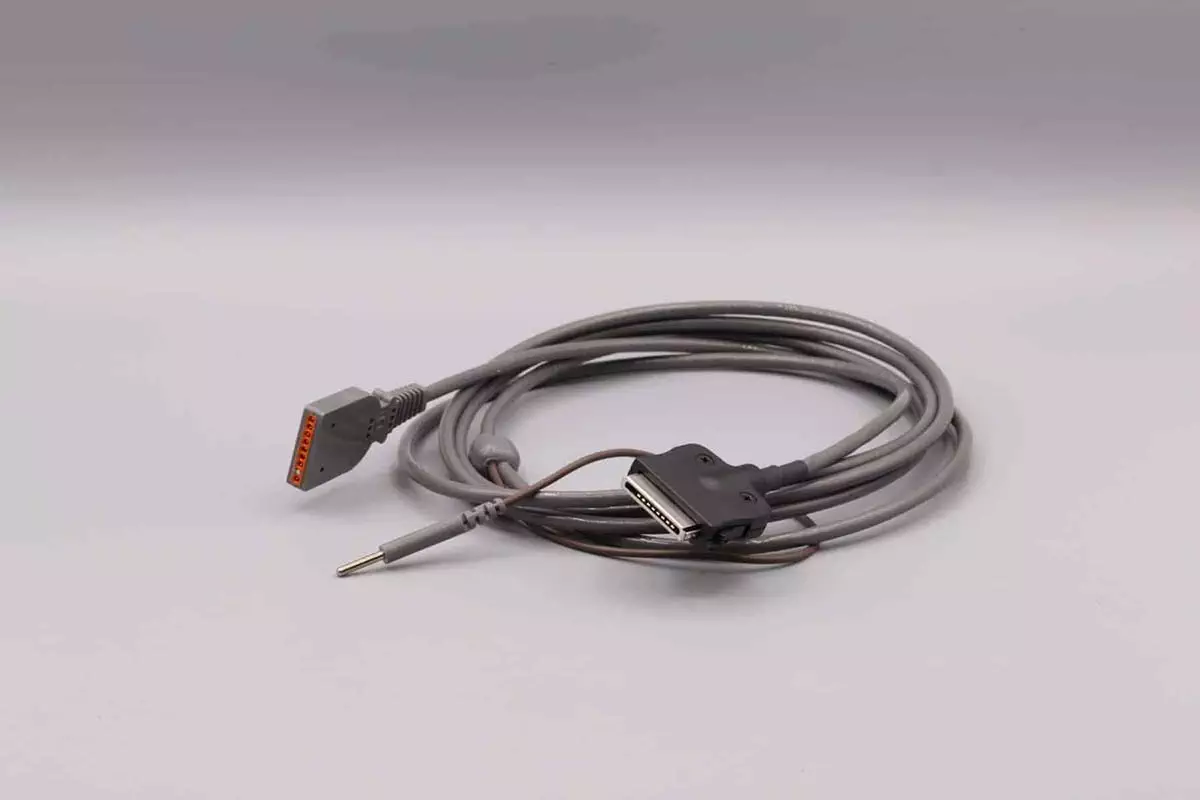Patient Cable for Electro-Neuro Stimulation Program
Overview
A group of scientists were working on a program to help restore function to extremities of patients who have suffered spinal cord injuries. Some problems with the customer’s original cables were:
- Cable jacket materials were drying out and cracking.
- The wire inside the jacked was breaking over a short period of time.
Challenge
The cables were being worn by the patient with direct contact to the skin. The drying and cracking was caused by the fact that over time, when standard PVC coated wire is in direct contact with human skin, the oils from the PVC will leech out of the cable jacket and cause the PVC to dry out and crack. The second point of failure was due to excessive flexing by the patients as well as the doctors. Most of the patients were confined to wheelchairs. With standard PVC jacketed material attached directly to the patient’s skin, there was some discomfort and irritation experienced by the patient. In some cases cables were getting caught in the wheelchair wheels and breaking.
Solution
ISL did research on the issues described by the doctors and made some key changes in the construction of the cable. We changed out the standard grade PVC to a medical grade PVC, which was suitable to be worn on the skin. This improved the comfort level of the patient and eliminated the cracking and drying out of the PVC jacket material. To improve the strength and flexibility of the cable, we changed out the typical 19 strands of copper wire and replaced them with the highly flexible and stronger 44 strands of a cadmium copper.


